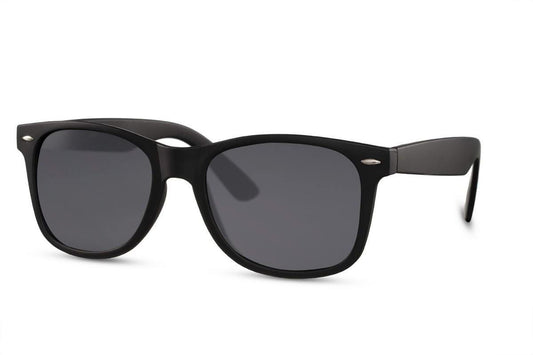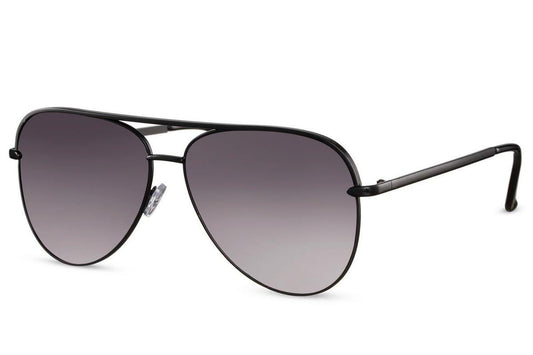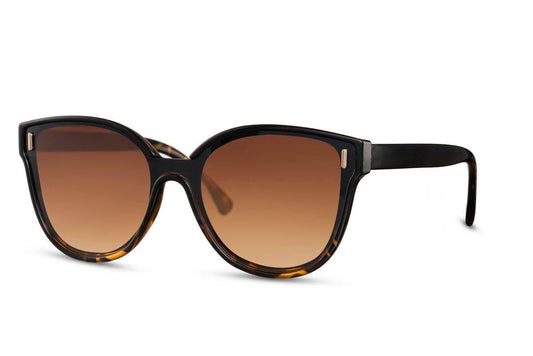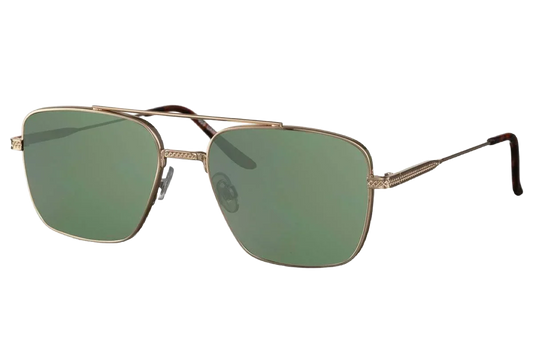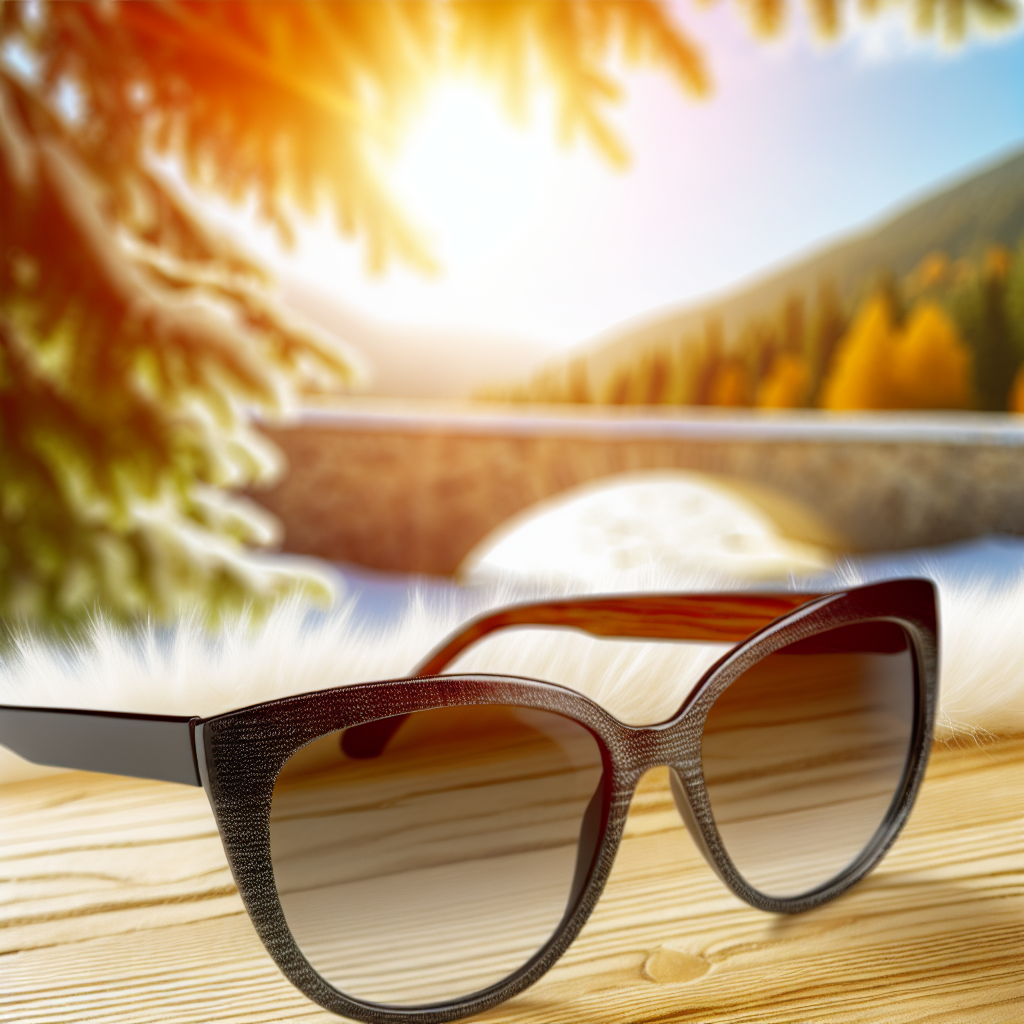
How to choose the best sunglasses for winter use
Share
How to choose the best sunglasses for winter use
When you need to wear sunglasses in the winter, it's important to make sure they protect against both snow glare and harmful UV rays. The sun's reflected light from snow and ice can be intense, so your sunglasses should meet the following requirements:
-
100% UV protection
Make sure your sunglasses filter 100% of both UVA and UVB rays, whether you're skiing or going on a winter hike. -
Polarized lenses
Polarized lenses reduce glare from snow and ice, increasing both comfort and visual safety in bright light. -
Quality and design
Choose sunglasses with lightweight frames that fit comfortably under a hat or helmet. The materials should be sturdy enough to handle the temperature fluctuations and moisture that often occur in winter.
- Lens color
Consider lenses with yellow or orange tints to improve contrast in snowy environments. Gray or brown lenses provide a more natural color balance for everyday wear.
Before purchasing, you should try on the sunglasses to make sure they fit well and meet your needs. Read reviews and check test results to invest in a high-quality product that meets the demands of winter.
Answers to common questions
• What does 100% UV protection mean?
That the sunglasses block all UVA and UVB rays, so that the eyes are fully protected from the sun's harmful rays.
• Why are polarized lenses important?
Polarized lenses reduce glare by reducing reflected light from snow and ice, increasing comfort and visual safety.
• Which lens color is best for winter use?
Yellow or orange lenses can improve contrast and depth perception in snow, while gray or brown lenses provide a neutral color balance in varying lighting conditions.
• Is it necessary to try on the sunglasses before buying?
Yes, it ensures that the sunglasses fit correctly and are comfortable, especially if they are to be used with a hat or helmet.


